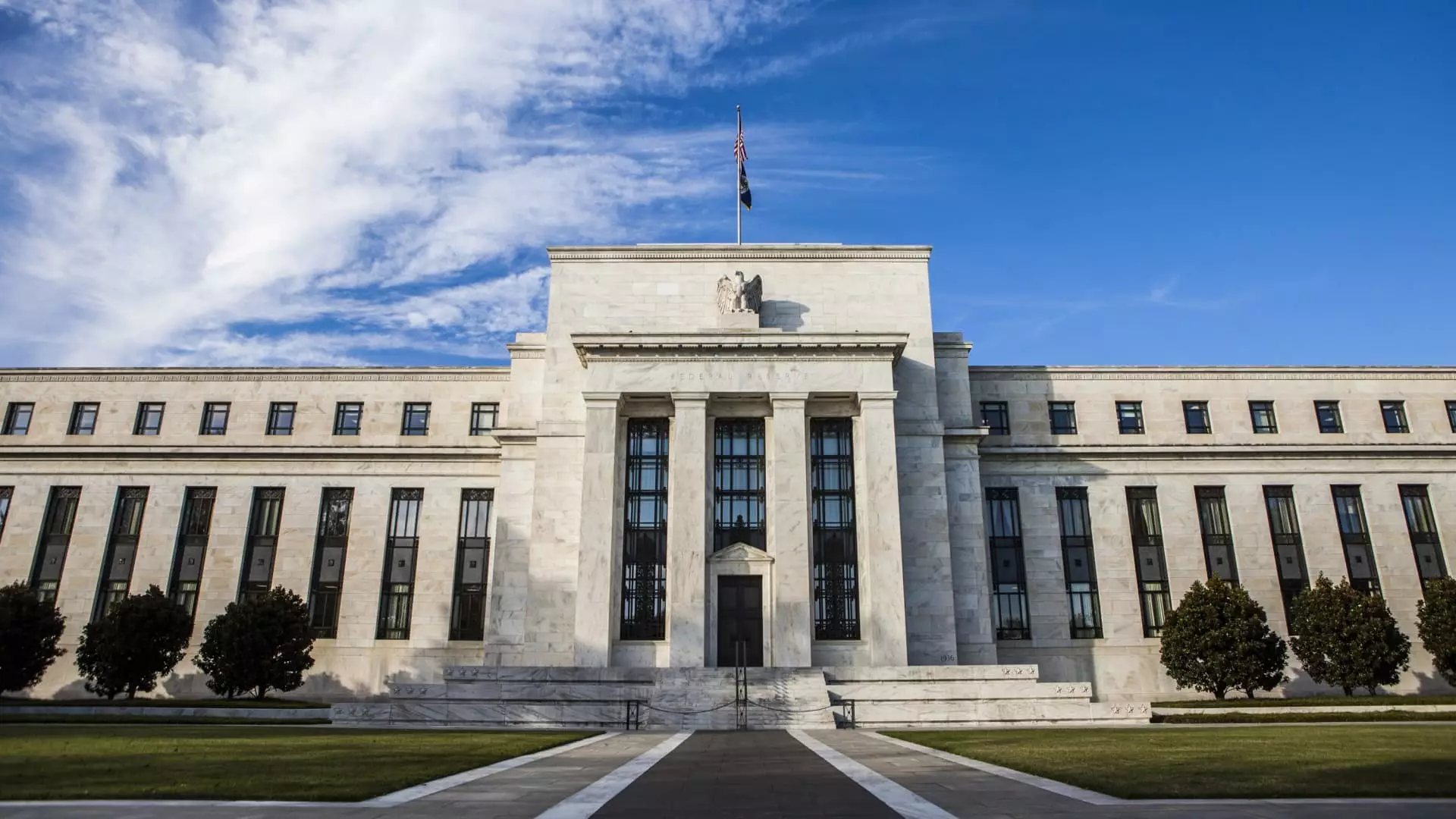As the Federal Reserve approaches a crucial two-day meeting, the anticipation surrounding interest rate decisions has reached a fever pitch. The prevailing expectation is that the central bank will maintain its current interest rates, despite external pressures, including those from political figures like former President Donald Trump. His recent remarks, in which he expressed a desire for immediate interest rate reductions, have reignited discussions about the Fed’s strategies in battling inflation and supporting economic growth. However, the reality for consumers remains stark, as many face high costs and limited options.
In recent years, the Federal Reserve has enacted a series of interest rate hikes, raising the benchmark rate by a total of 5.25 percentage points from 2022 to 2023. This measure aimed to combat persistently high inflation rates, which have stayed above the central bank’s long-standing target of 2%. The economic landscape has become increasingly challenging for everyday consumers grappling with escalating prices and borrowing costs. As Trump pointed out during his campaign, many Americans feel that the burden of these financial strains is detrimental to their well-being and the broader economy.
Despite Trump’s calls for immediate action, experts caution that the Fed’s careful approach is not merely a delay. “Those expecting the Fed to act quickly to alleviate high interest rates will likely face disappointment,” warns Matt Schulz, chief credit analyst at LendingTree. This sentiment encapsulates a growing frustration among consumers who seek immediate relief from the financial pressures they have faced for months.
At the heart of the Fed’s influence lies the federal funds rate, which dictates how banks lend to one another overnight. Although individual consumers do not directly pay this rate, its fluctuations ripple through various borrowing and savings options available, ultimately shaping economic activity. When the Fed eventually lowers this rate, consumers could find solace in reduced borrowing costs associated with loans, including mortgages, auto loans, and credit cards.
Nonetheless, the connection between the Fed’s actions and consumer borrowing rates is not straightforward. Many credit card issuers exhibit a lag in adjusting rates, even when the Fed reduces its benchmark rate. Currently, interest rates for credit cards are hovering around 20%, near an all-time high. Consequently, many borrowers find themselves making only minimum payments, leading to increased delinquencies and heightened financial strain.
Mortgages, another pivotal aspect of consumer borrowing, present a unique challenge. Most of these loans are fixed-rate, meaning existing homeowners are less affected by short-term fluctuations in the Fed’s policy. However, rising mortgage rates have made homeownership increasingly unattainable for potential buyers. The average rate for a 30-year fixed mortgage now stands at 7.06%, leaving many first-time homebuyers at a considerable disadvantage.
Bankrate’s chief financial analyst, Greg McBride, notes the paradox of the situation: “Most mortgage debt is fixed, so existing homeowners are not impacted.” This reality contributes to an environment that stifles home sales, further cooling an already sluggish housing market.
Auto loans are experiencing their own set of complications. With car prices rising steadily, the average five-year new car loan rates have surged to approximately 7.47%. This situation is worrisome, as auto loans are among the fastest-growing types of consumer credit outside mortgages. Edmunds’ consumer insights analyst, Joseph Yoon, emphasizes that while some relief from rate cuts in 2025 is anticipated, the continuous increase in vehicle prices complicates affordability for consumers.
On the educational front, federal student loan rates are fixed, meaning many borrowers remain insulated from immediate Fed changes. Yet, undergraduates who took out loans for the 2024-25 academic year are witnessing rate increases, from 5.50% to 6.53%. This uptick reflects broader trends in interest rates and signifies ongoing challenges for students entering an already competitive job market.
While consumers face many financial pressures, there is a silver lining for savers. The Fed’s cautious posture allows top-yielding online savings accounts to offer substantial returns, with rates approaching 5%. Greg McBride highlights that savers stand to benefit from “inflation-beating yields” for the foreseeable future. This dynamic provides a glimmer of hope in an economic landscape heavily marked by challenges.
As the Federal Reserve continues its deliberate approach to monetary policy, consumers must navigate a complex financial landscape marked by high interest rates and inflationary pressures. While the calls for immediate rate cuts echo through political rhetoric, the reality suggests that substantive changes may be a long time coming. For many everyday Americans, the current environment necessitates careful financial planning and a reevaluation of their economic strategies to endure the ongoing challenges ahead.

